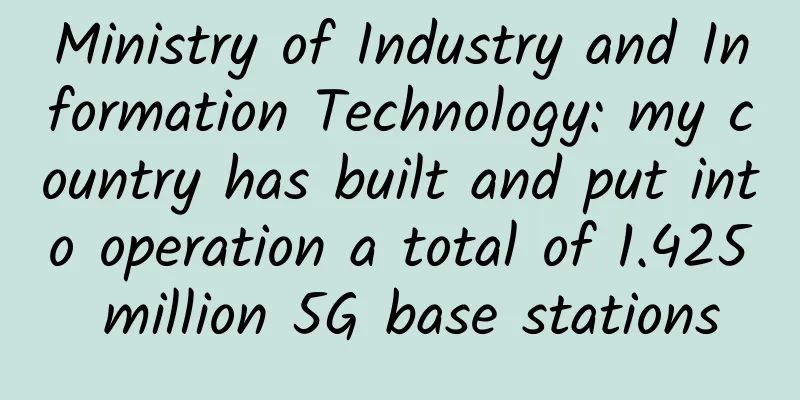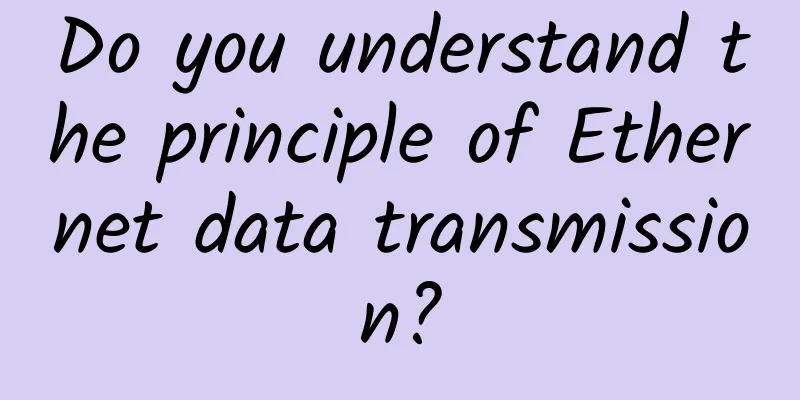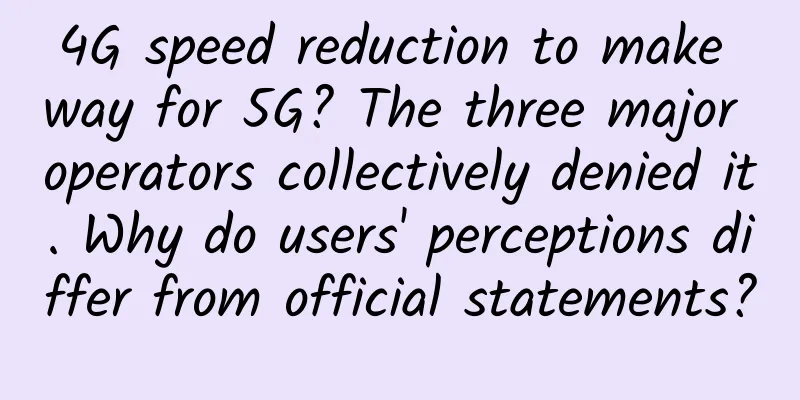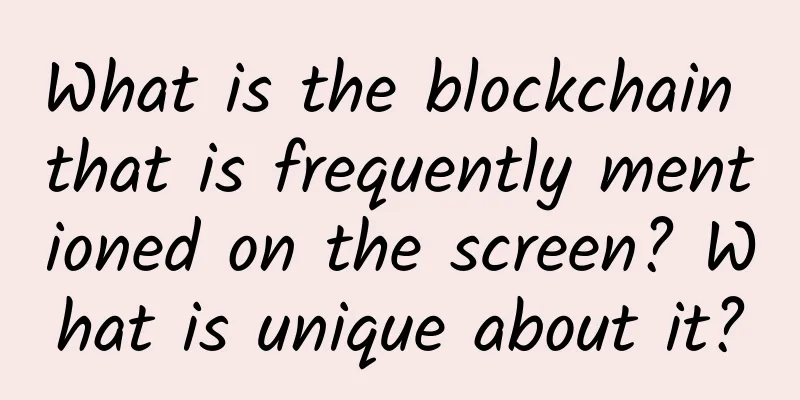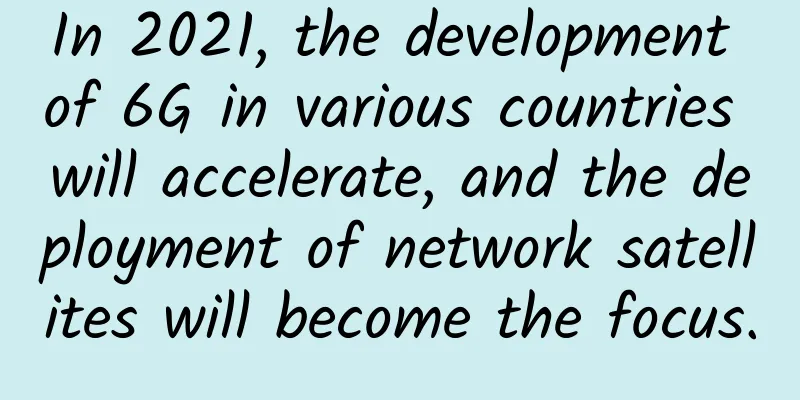How to use 5G spectrum efficiently? Both licensing and sharing are effective

|
Telecoms.com regularly invites third-party experts to discuss the biggest challenges facing the telecom industry. Next, Dr. Konstantinos Stavropoulos, Head of Technical Marketing at Amdocs Network Solutions, analyzes some of the most important 5G spectrum strategy elements to consider. “Better use of radio frequencies: reducing differences between regulatory norms”, “extending licence periods combined with stricter requirements for effective and efficient use of spectrum”, and “timely release of spectrum […] and more consistent spectrum policies”. The comments were taken from the 2016 State of the Union address by European Commission President Jean-Claude Juncker, who proposed a comprehensive overhaul of EU telecom rules in conjunction with the EU Digital Single Market and 5G Action Plan initiatives. In fact, the EU sees 5G as a key driver of improved user experience and economic growth, and wants each member state to launch 5G in at least one major city by 2020. In contrast to the fragmented 4G deployment, the EU now aims to establish common norms for 5G spectrum allocation and management across all member states. This goal is mainly driven by the need for consistency in the regulatory framework, including frequency band coordination, but also benefits from the need for a new, next-generation spectrum management approach suitable for next-generation networks. While the "tighter requirements for effective and efficient use of spectrum" are still open to interpretation, the announcement has important implications for EU member states and mobile network service providers. At the same time, understanding how to better use scarce radio resources - the lifeblood of wireless networks - is not just a challenge for the EU, but a major issue that all countries interested in 5G must face. Full utilization of (spectrum) assets To fully utilize the available spectrum, more efficient technologies need to be deployed. For example, 5G will be more spectrally efficient than 4G (and similarly, 4G was more spectrally efficient than 3G). Therefore, different countries and service providers have their own spectrum considerations when deploying new technologies. We should stick to this strategy and use it to achieve continuous optimization of existing radio network resources. These manual and/or automated efforts of a static (offline) or dynamic (near real-time) nature include spectrum reallocation. Licensing is another key area to be examined. Today, service providers that have purchased licences for specific frequency bands can continue to use them (exclusively) provided that they meet the regional and/or population coverage targets set out in the licensing agreement and do not end up taking a disproportionate share of spectrum out of service through acquisitions. Whether the licensed radio resources are being used in the most efficient way is not within the purview of regulators. In contrast to the current licensing model, the next generation of spectrum management approaches is likely to focus on whether service providers are using radio resources effectively and efficiently. This is relevant to the discussion of "use or share" spectrum and pioneering programs such as the FCC's Citizens Broadband Radio Service (CBRS) program. These perspectives will undoubtedly have significant commercial implications, such as affecting the selling price of spectrum licenses. How would this new approach work? Government regulators will likely monitor the level of licensed spectrum utilization by each service provider. In the case of suboptimal performance, regulators could require service providers to either enhance their exclusive use of radio resources or to share these resources with other providers. In fact, static or dynamic spectrum “leasing” would be in line with the “wholesale” concept of 5G: 5G is expected to change the distribution and relevance of mobile service providers’ services, going beyond basic connectivity provisions or network sharing concepts such as the Mobile Virtual Network Operator (MVNO) model. Alternatively, spectrum sharing could become the norm or at least coexist with spectrum exclusivity. In these terms, multiple service providers would be allowed access to a band or group of bands based on a high-level spectrum sharing mechanism (perhaps similar to the tiered CBRS spectrum access system). With many providers able to access radio resources from the outset, the “waste” of licensed spectrum is expected to be greatly reduced. Similar schemes could even be applied to unlicensed bands—an important part of the spectrum management discussion (although such regulatory schemes would question the open, unlicensed nature of these bands). Carrying out both hard and soft tactics But how do we know if radio resources are being used efficiently? We must consider various metrics, including the land area covered, the nature/population covered, specific regional needs, actual spectrum usage, etc. Deploying 5G in high-frequency bands (around 30 GHz or higher) also requires metrics that accurately reflect the spatial utilization distribution of the spectrum, such as covering some floors of a high-rise building instead of all floors. The selected indicators will be evaluated and combined into a spectrum efficiency index (of course, identifying and calculating such an index would require a lot of work). Similar to the well-known energy efficiency index, which can reveal problems in energy use, the spectrum efficiency index will highlight potential problems in the use of frequency bands. The spectrum efficiency index can then be linked to incentives and/or penalties as part of the regulatory framework for service providers (and potentially EU member states). There is no doubt that the 5G business case and ultimate success are inextricably linked to the allocation and use of spectrum. Mobile service providers must adopt network resource sharing as a fundamental 5G deployment strategy, consistent with efforts to achieve the most efficient use of their own assets. Depending on the 5G route that service providers follow, they can be "rewarded" or "penalized" by their customers. In addition to government/supranational regulators, customer incentives and penalties should not be ignored. Furthermore, 5G will not meet the highest expectations of customers and governments unless spectrum management is up to par. For next-generation networks that will change the way we live and work in an effective and efficient manner, a different approach to managing important but scarce radio resources is necessary. As the next generation of network technology, 5G requires a next-generation spectrum management approach. Note: Dr. Konstantinos Stavropoulos is responsible for product marketing at Amdocs Network Solutions, leading the definition and marketing of wireless network access and cross-domain network products by product category. Konstantinos has been focused on mobile networks for more than 20 years through academic and professional capacities. His experience spans multiple areas, from antenna array system research and mobile network planning/optimization consulting to the development, management and marketing of innovative software solutions. |
<<: How can operators break the curse of the “scissors gap” between volume and revenue?
Recommend
BandwagonHost: CN2 VPS annual payment starts from $46.7, 2.5-10Gbps bandwidth CN2 GIA line quarterly payment starts from $46.7
Bandwagonhost currently has most packages availab...
RackNerd latest promotion starts at $11.38/year, San Jose/Seattle and other data centers
RackNerd has launched a new promotion for the US ...
5G, IoT and AI: Art and tech jobs for 2021
We are witnessing a massive transformation in the...
Introducing a request library - How to use several Undici APIs
[[430223]] Preface In the browser, if we want to ...
What systems does weak current system integration mainly include?
1. Computer Network System Engineering In intelli...
How the global 5G network will reshape future defense strategies
Explore the impact of global 5G networks on futur...
Comprehensive popular science about "Internet of Vehicles"!
Speaking of the Internet of Vehicles, I believe e...
How far is 400G from true commercial deployment?
With the continuous growth of data traffic, the d...
F5's 2022 State of Application Strategy Report shows that edge deployment and load security have become the focus in the Asia-Pacific region
Digital transformation is in full swing, and tech...
Using Jenkins to create continuous integration for microservice applications
Experience Overview This scenario guides you to d...
An article about Google Cherry IPU
[[431841]] I always thought it was a bit strange ...
my country's industrial Internet platform construction faces four major bottlenecks
The Guiding Opinions of the State Council on Deep...
Hosteons Christmas promotion starts from $11.99/year, free double hard disk + traffic + 10Gbps port, multiple computer rooms in the United States/France/Germany
Hosteons is now carrying out the Christmas and Ne...
Telecom APIs: A critical IT tool for expanding services and improving customer experience
In recent years, enterprise communications have u...
RAKsmart: US/Hong Kong/Japan VPS starting from $1.99 per month, G-port unlimited traffic server starting from $199 per month
RAKsmart is an early-established foreign hosting ...
